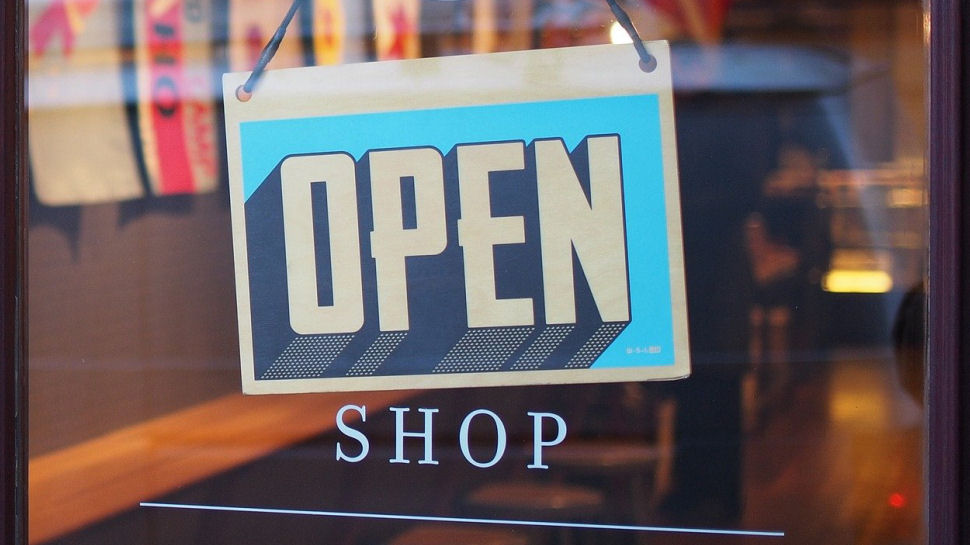Why the back end, not front of house, matters in retail
Saving retail

With the COVID-19 outbreak resulting in over half of shoppers visiting major towns and city centers less frequently than before, the retail industry has hit an inflection point. In order to survive the pandemic and adapt to changes in consumer behavior, retailers must hit the reset button on the way they operate to become smarter, more efficient and more profitable.
While adapting shop floors for social distancing is an essential move, this is not where the biggest potential for improvements lie. Rather, the key difference for brick and mortar stores will be driven by automation within the networks. In retail, networks are often overlooked or neglected by most people besides the IT management, but they can provide powerful business benefits by helping the management and upkeep of the vital infrastructure to become less labor intensive.
Downtime danger
Things will likely not be the same again for retailers following the Covid-19 pandemic. Retail sales outside of groceries were in freefall because they were relying solely on online sales that weren’t sufficiently significant to make up the shortfall. Many household names, including the likes of Warehouse and Oasis, closed their doors for good, while others are revisiting the way they operate to make sure they do not suffer the same fate. Some of the short-term measures they’ve taken, such as heavy discounts, have brought people back to the stores. But beyond that initial honeymoon period, root and branch change is where investment must be made to secure a long-term future.
For example, let us take a look at a clothing retailer with 900 branches across the country. They may have interactive kiosks to allow shoppers to make purchases or complete returns. In situations like this where there is reliance on technology to complete key functions of the business, when the network goes down, so does the store. And for every minute the store stays offline, the bigger the impact it has on the bottom line – as well as customer goodwill and loyalty, in many cases.
The role of automation in network monitoring is immeasurable in these circumstances. Frantically searching for the source of the problem is just the first step of the issue, and that’s before you move on to solving it. With automation, the network can identify the problem and, in many cases, heal itself without the assistance of a network engineer.
Self-healing networks
The way the network is configured is vital to unlock this level of functionality. The network service provider should design a client level experience. Essentially, they should know the network functions and service level that a shop needs to carry out a specific task. They can then build a network persona based on that information and monitor that persona intelligently. When the network detects an anomaly that it has seen before, that is when it can use AI to fix itself.
In other cases of network issues, the provider can rectify the issue centrally via cloud services before the store itself notices there is a problem. That means fewer calls to head office, fewer support tickets and a lower operations cost (not to mention happier customers).
Are you a pro? Subscribe to our newsletter
Sign up to the TechRadar Pro newsletter to get all the top news, opinion, features and guidance your business needs to succeed!
Similarly, updates can be carried out centrally via the cloud because there is much less reliance on on-premises control. Administrators no longer need to log in to each individual store to provide upgrades or patch management, as these can be done once for all stores simultaneously. Similar benefits can be granted for online stores.
Historically, stores would have to carry out network upgrades overnight because it would require downtime to carry out the upgrade. With 24/7 access needed for global shopping sites, there is no such thing as overnight quiet times anymore. Microservices put all network services in the cloud and segments them. Each component can then be upgraded on the fly without affecting the user. This means companies can scale and adapt as needed without bringing their business to a standstill.
Enhancing supply chains
It is not just the stores themselves that can be improved with better technology. The supply chain is a vital part of getting goods to customers, whether they are shopping online or in physical stores. In some cases, the shopping journey is an amalgam of the two so it is even more important that the supply chain reliably runs the way it should.
Automation is bringing enhancements to ERP here too. The increased use of open APIs is helping to create joined up systems with end-to-end visibility. Manual inputs, which are prone to human error, are now being minimized.
A person does not have to press a button to say they have finished one step of the journey, it is tracked and reported automatically to all the other relevant stakeholders in the chain. This helps customers to see where their order is, and also helps companies to monitor the efficiency of their supply chain and look for ways to make it even more efficient. And because it is a virtual process, all the parts of the supply chain don’t need to sit in the same data center, it’s all driven via the cloud.
Experience is everything
A return to the high street cannot be a return to the old days of retail. We have more tools than ever at our disposal to make the shopping experience slicker and more enjoyable. With rock-solid networks powering new in-store innovations, stores can have the confidence that they will likely keep running, no matter what obstacles are thrown at them.
- Jamie Pitchforth, Senior Business Development Leader, European Markets, Juniper Networks.
- We've featured the best cloud storage.
Jamie is an EMEA vertical practice leader within Juniper Networks' global strategic verticals team. He is responsible for Juniper’s higher education strategy and engagement including messaging, sales enablement and business development.
